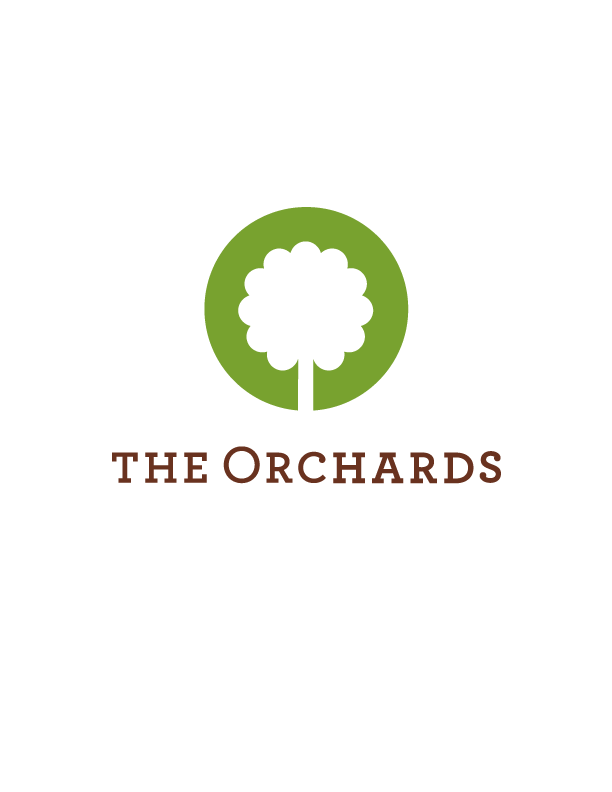Created by amazing community volunteers and suppported by the Orchards Club House, we are excited to announce the first summer of our Orchards in Bloom initiative!
What is our goal?
We’re on a mission to sprinkle joy and greenery throughout the Orchards! Orchards in Bloom is all about coming together to make our neighborhood shine—one flower, shrub, and cheerful yard at a time. By celebrating the creativity and care our neighbors put into their gardens, we’re not just growing plants—we’re growing connections, pride, and a whole lot of smiles.
Any house or townhouse within the Orchards Residents Association boundary can be nominated! We hope to include apartment balconies in 2026.
Judging Criteria:
The Orchards in Bloom initiative consists of the Club House receiving nominations for the best yard in bloom, then sending a team of volunteers to evaluate the gardens based off of the following critera:
- Plant Diversity: High diversity of flowers, shrubs, trees, and group coverage. Use of Native plants alongside other well-adapted species.
- Design and Arrangement: Thoughtful placement of plants to create focal points, layers, and flow. Or use of texture and height to create depth and interest.
- Colour and Harmony: Effective use of complementary colours and seasonal colour changes planned, repetition of colours or patterns to tie the garden together.
- Support for Pollinators and Wildlife: Plants that feed and attract pollinators, plants to host butterfly larvae, and bird-friendly elements such as bushes or seed-producing plants.
- Habitat Features: Small habitat elements can provide refuge for many creatures such as bird baths, bee hotels, or logs for beetles and fungi.
- Ground Coverage and Plant Integration: Integration of wildflowers or naturalized areas, use of ground coverage (i.e. creeping thyme or clover), avoidance of large soil patches.
- Visual and Functional Cohesion: Natural flow and balance between planted areas, lawns, and driveways, as well as plants grouping by height, colour, or blooming schedule to create visual interest.
- Hardscaping and Decorative Elements: Placement of large rocks, borders, or pathways. Usage of small statues, art, or garden features, and materials chosen with sustainability in mind.
- General Maintenance: Edging and clean borders between garden beds and lawns, healthy plants with pruning or upkeep, no signs of neglect or invasive weeds.
How to Nominate:
Submissions for our 2025 Summer are now closed! Thank you to everyone who nominated a yard. We will be in contact with the Orchards in Bloom winner during the first week of September!
You will know if you have been nominated by recieving a little nominee card on your doorstep.










